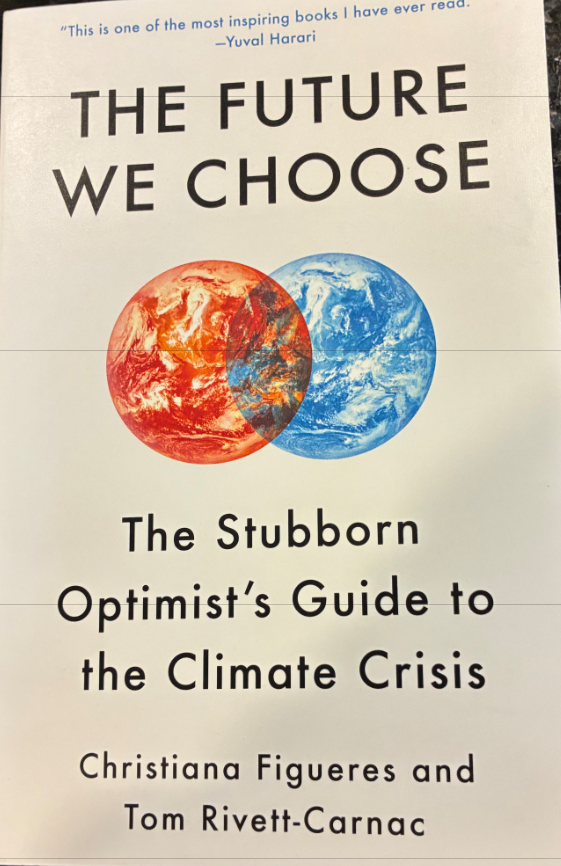Commentary
Preservation Conserves Energy

Editor’s note: This is one in a continuing series of guest educational opinions about fostering environmental stewardship and leadership coordinated by ACES — The Alliance of Climate and Environmental Stewards.
If you live in an old house, congratulations! You have invested in "embedded energy" a concept which encapsulates the energy used to produce something, like a building, with the length of time it has existed. The older the building, the more embedded energy it holds. The means of production for that building, such as hand tools, physical labor (both from animals and humans), and locally supplied materials made it a very low-energy-created object when it was built and that continues today.
New buildings require shipping manufactured materials from all over the world, using gas and oil and electricity. Construction methods today use power tools and heavy equipment that use fossil-fuel energy. Manufacturing processes use all of these with the additional use of machines making the products being manufactured and shipped, etc. Old houses used sustainable materials, such as wood and locally sourced lime, fieldstone, and bricks.
As an example, a house built c. 1800 would have been framed with local trees, cut down by hand and shipped on rivers, shaped by hand tools and erected by human workers. The woodwork was handmade and unique to each house; plaster and mortar were made from lime extracted from local pits mixed by hand on site and applied by humans with hand tools. Foundations were laid out with local stone moved by oxen on carts and set by masons. Roof shingles were carved out by hand from timbers and nailed on. Nails were made by blacksmiths. The old-growth wood used lasts hundreds of years longer than farmed wood does today, as the natural, slow-growing wood contains less water and air and the growth rings are tight together. Windows made from this wood can last hundreds of years while new, manufactured windows must be replaced at about twenty years, causing more manufacturing, shipping, and energy use. The same is true for siding, trim and woodwork.
Re-use of old materials can aid in repairing and replacing problem areas of older buildings. A new industry of salvaged materials, which are also high in embedded energy, has sprung up to help sustain older buildings and can be tapped for repairs. There are establishments locally that can provide many styles of doors, hardware, woodwork, bricks and other stone products, trim, flooring, etc. These are better choices for old buildings than modern manufactured materials and will last longer. They are of higher quality and are usually handmade, sometimes unique.
Protecting older buildings and re-using them in adaptive ways adds to the sustainability of our communities and keeps new energy use lower. The amount of energy that was used to produce an older building was based on not using much fossil fuel, while new buildings rely on materials manufactured and shipped from all over the world, containing chemicals and non-local ingredients.
Sustainability and re-use of old objects, including buildings, helps slow the use of fossil fuels and helps to keep the environment healthier. Since greater Newburyport has many existing older structures which can help create a more sustainable community, it becomes important to recognize the embedded energy levels we already have and to keep those structures functioning to foster a sustainable future.
The "greenest" building you can have is one that is already built. We can keep and re-use our beautiful old buildings and help the environment as well. Next time you envision a home improvement project, try to get creative by finding and reusing existing items, like maybe an old mantel piece. It can be unique, beautiful, and reduce a little bit of our carbon footprint.
Linda Miller is Co-President of the Newburyport Preservation Trust
ACES team members encourage you to reduce your carbon footprint and preserve what already exists. Please share any thoughts about other opportunities to benefit the health of our planet and send us a note at acesnewburyport@gmail.com .To learn more about ACES and its Initiatives, visit https://www.aces-alliance.org.
.svg)


